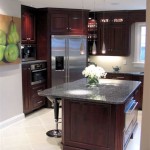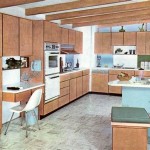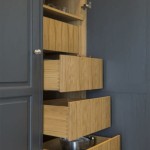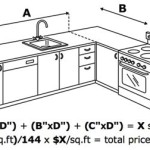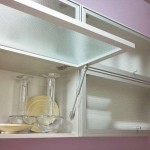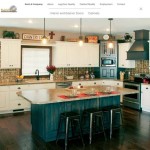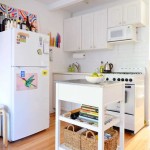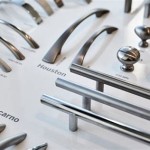Essential Aspects of Kitchen Cabinet Units: A Comprehensive Guide
Kitchen cabinets are not just mere storage spaces; they play a pivotal role in defining the functionality, aesthetics, and overall ambiance of your kitchen. When choosing kitchen cabinet units, considering certain essential aspects is crucial to ensure they meet your specific needs and preferences.
1. Cabinet Type and Style
The type of cabinet you choose will significantly impact the overall design of your kitchen. Common types include base cabinets, wall cabinets, pantry cabinets, and specialty cabinets. Each type serves a specific purpose, such as providing storage for dishes, pantry items, or appliances. Additionally, consider the cabinet style, whether traditional, modern, or something in between, to match the aesthetic of your kitchen.
2. Material and Durability
The choice of cabinet material will determine the durability, functionality, and appearance of your cabinets. Solid wood is a premium option known for its strength and longevity, while engineered wood offers a more cost-effective alternative with similar durability. Other materials, such as laminate, acrylic, or thermofoil, provide a range of finishes and styles to suit various tastes and budgets.
3. Storage Capacity and Organization
The storage capacity and organization of your kitchen cabinets are crucial for ensuring efficient and convenient use. Consider the number and size of drawers, shelves, and compartments you need to accommodate your kitchenware and ingredients. Adequate storage ensures easy access to frequently used items and optimizes the space within your cabinets.
4. Hardware and Accessories
Hardware such as handles, knobs, and hinges play a significant role in the aesthetics and functionality of your kitchen cabinets. Choose hardware that complements the cabinet style and provides comfortable grip and smooth operation. Consider adding accessories like pull-out drawers, dividers, and lazy Susans to maximize storage space and enhance usability.
5. Ventilation and Lighting
Proper ventilation and lighting within your kitchen cabinets are essential for maintaining a healthy and functional environment. Ventilation prevents moisture accumulation, which can cause damage to cabinets and their contents. Lighting ensures clear visibility, making it easy to locate items and perform kitchen tasks efficiently.
6. Safety and Standards
Ensure that your kitchen cabinet units meet industry safety standards and building codes. Look for units that feature soft-close mechanisms to prevent slamming and potential injuries. Adherence to safety standards guarantees the durability and reliability of your cabinets.
Conclusion
Choosing the right kitchen cabinet units requires careful consideration of various essential aspects, including type, material, storage capacity, hardware, ventilation, lighting, and safety. By understanding these aspects and selecting units that align with your needs and preferences, you can create a kitchen that is both functional and aesthetically pleasing.

Kitchen Tall Unit Design Cabinet Ideas By Livspace

Kitchen Units See Our Range Of Cupboards Diy Kitchens

Reasons Why Kitchen Units Are Better Than Cupboards Ranauta Interiors Bedroom Wardrobes Tv Office Solutions

Tall Units Kitchen Diy Kitchens

Tall Kitchen Larder Units Storage Cabinets Solid Wood

Kitchen Cabinets Wall Wickes

6 Of The Best Solutions For Kitchen Corner Units Fitzgerald Kitchens

A Guide To Kitchen Storage Solutions Designcafe

Reduced Depth Slimline Base Units Kitchen Diy Kitchens

A Guide To Diffe Kitchen Units For Home Design Cafe

